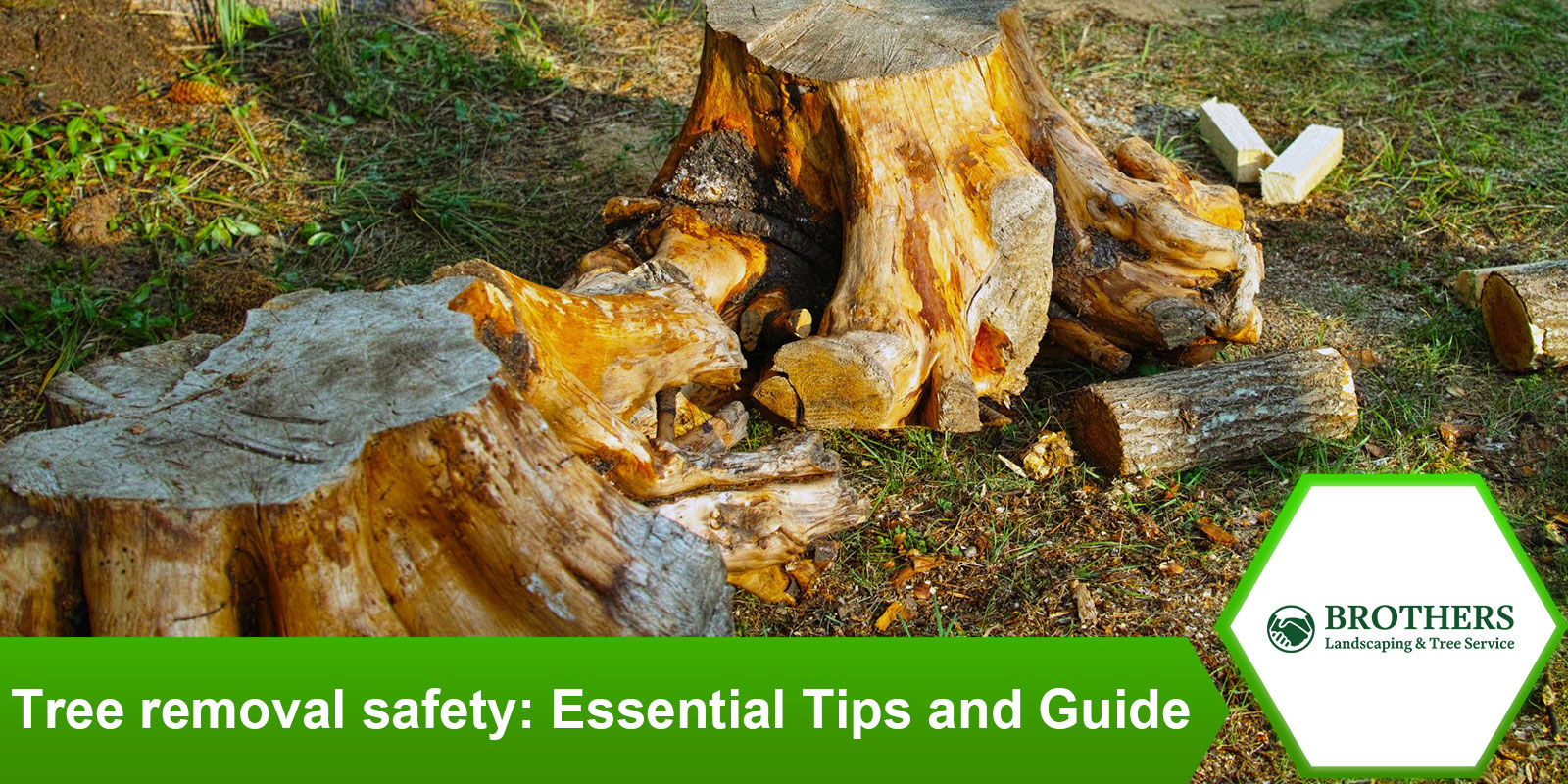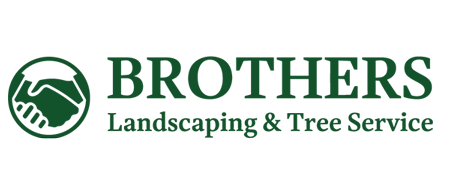
Tree removal safety is crucial for anyone considering this task. Have you ever wondered how to safely remove a tree from your yard? A few years ago, I faced the daunting task of removing a large tree. It was challenging and dangerous. This blog post will provide essential tips and guide you through the process. Whether you’re a homeowner or a professional, ensuring safety is paramount. Let’s dive into the best practices for tree removal safety.
Ensuring Tree Removal Safety
Removing a tree safely requires careful planning and execution. This guide will cover the key aspects of tree removal safety to help you handle this task effectively.
Assessing the Tree and Surroundings
Before starting, evaluate the tree’s condition and its surroundings. Check for signs of decay, weak branches, or disease. Look for nearby power lines, buildings, or other obstacles. This assessment helps determine the best approach and tools needed for safe removal.
Gathering the Right Tools and Equipment
Using the right tools is essential for tree removal safety. Basic equipment includes a chainsaw, ropes, safety goggles, gloves, and a hard hat. For larger trees, you might need additional tools like a winch or a crane. Always inspect your equipment to ensure it’s in good working condition.
Wearing Proper Safety Gear
Personal protective equipment (PPE) is vital for tree removal safety. Wear a helmet to protect your head from falling branches. Safety goggles shield your eyes from debris. Gloves provide a better grip and protect your hands, while sturdy boots prevent foot injuries. Never skip on PPE, as it can save you from serious injuries.
Planning the Felling Direction
Plan the direction in which you want the tree to fall. Clear the area of any obstacles and ensure there is enough space for the tree to fall safely. Use ropes to guide the tree’s fall if necessary. This step is crucial to prevent damage to property and ensure the safety of everyone involved.
Making the Cuts
Start by making a notch cut on the side of the tree facing the direction you want it to fall. This cut should be about one-third of the tree’s diameter. Next, make a felling cut on the opposite side, slightly above the notch cut. This method ensures the tree falls in the intended direction. Always stand to the side and never directly behind the saw while cutting.
Using Ropes and Supports
For larger trees or those in tricky locations, use ropes and supports to control the fall. Attach ropes high up on the tree and have a partner help guide the tree’s descent. This added control enhances tree removal safety and reduces the risk of accidents.
Removing the Stump
Once the tree is down, safely removing the stump is the next step. Use a stump grinder or chemicals designed to accelerate decomposition. Stump removal prevents tripping hazards and allows for future landscaping projects.
Post-Removal Clean-Up
After the tree is removed, clear away branches, leaves, and other debris. This keeps your yard tidy and reduces the risk of accidents. Dispose of the wood properly, either by recycling or using it for firewood.
Knowing When to Call Professionals
Some tree removals are too complex or dangerous to handle alone. If the tree is near power lines, buildings, or is particularly large, consider hiring a professional tree removal service. Professionals have the experience and equipment to handle the job safely and efficiently.
Contact Us for Safe Tree Removal
Ensuring tree removal safety is crucial for everyone. If you need professional assistance, don’t hesitate to reach out. Our experienced team can handle any tree removal task, ensuring your safety and peace of mind. Contact us today to schedule an appointment and let us take care of your tree removal needs.
